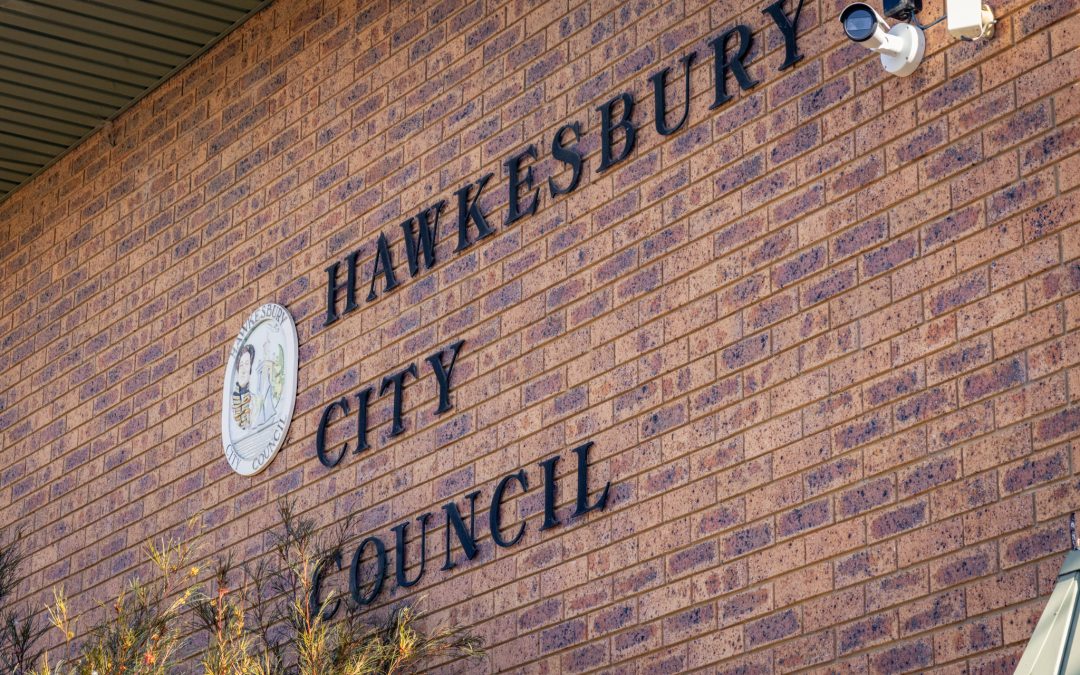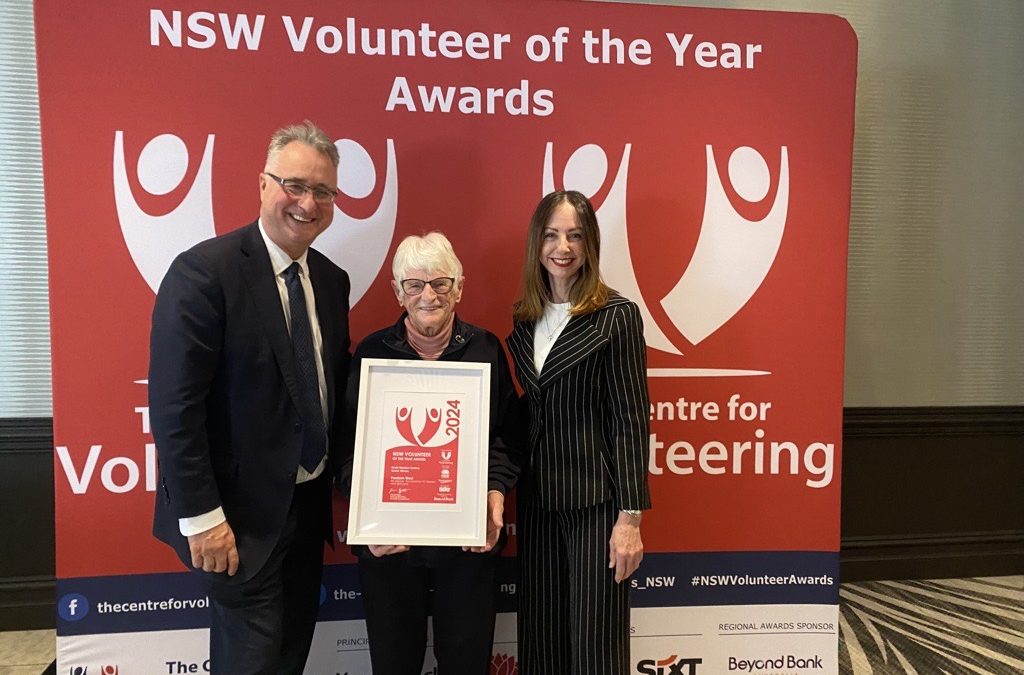Hawkesbury Post contacted all...


Hawkesbury Post contacted all...

In a heartwarming recognition of community...

After more than two decades of dedicated service, the...
North Richmond and Kurrajong have been the first of three pilot communities to complete the Get Ready Disaster Resilient: Future Ready pilot project (known as DR:FR) aimed at getting a better understanding of how to support our communities to build resilience, and better prepare to cope with disasters like flooding or fires.
Locally, the project has been working with StreetConnect, which engages school students, and is chaired by Mary Lyons-Buckett, who many know as Hawkesbury’s Deputy Mayor.

Students involved in the StreetConnect project developed by the North Richmond Working Group. Pic by Roz Chia
“The North Richmond Working Group was tasked with determining what was needed to be better prepared for a natural disaster. We identified a key priority was education and community connectedness,” said Cllr Lyons-Buckett, and out of that was born StreetConnect.
For the last three years, local community groups in North Richmond and Kurrajong have played an important part in the research project designed to understand what it takes for communities to be better prepared for disasters and disruptions – and let’s face it, our community has had a fair number of those recently.
Community groups and local representatives worked intensively and in partnership with the Foundation for Rural & Regional Renewal (FRRR), Resilience NSW, and researchers from the University of Sydney, as part of the ‘Get Ready Disaster Resilient: Future Ready (DR:FR) pilots project.
The aim was to develop a better understanding of how to support community-led resilience building and disaster preparedness.
“We decided on the StreetConnect project,” said Cllr Lyons-Buckett, “which seeks to engage school students from the local area to improve community preparedness for natural disasters, support community information sharing in emergencies and improve community safety.
“To achieve this, students developed a touching video and we undertook event-based engagement through the schools, community events, and ideas from students, such as a poster competition.
“This project led to the promotion of the StreetConnect vision for the students, their families, and the wider school community. It also produced a resource that was promoted at major events, as well as online throughout the community.”
The first phase was managed through local primary schools – including Richmond North, Grose View and Kurrajong North – with an adult working group combining forces with students to test some ideas to connect residents, street by street.
And thanks to the success of that first project, there’s a second slice of funding from Resilience NSW for StreetConnect to carry on further with its community work.
The aim of the second phase is to get involved with community groups to build a shared network of responsibility to help build resilience through community conversations and workshops. That process has been slowed a little by the pandemic but they are making progress through online activities and once restrictions on gathering are lifted it will be full steam ahead.
Natalie Egleton, CEO of joint organising body the Foundation for Rural & Regional Renewal (FRRR), said the Foundation began the project back in 2017 because of the increasing frequency and severity of natural disasters.
FRRR joined with Resilience NSW and researchers from Sydney University to guide and help the pilot projects.
“Every year, we see more and more disasters, which places enormous pressure on Australia’s social, economic, environmental, and policy systems,” aid Ms Egleton.
“We know we need approaches that strengthen social capital and create room for innovation and ground-up solutions that communities can adopt and adapt to better prepare and respond to these events, especially in remote, rural and regional areas.
“That’s why we developed the DR:FR initiative. It creates space, facilitates processes, builds relationships and provides resources for community generated resilience conversations and initiatives to be held at a pace and style that was appropriate for each local community.
“We greatly appreciated the collaboration with community groups across North Richmond and Kurrajong and are delighted to see the positive impact that the pilot’s project has had,” Ms Egleton said.
You can read more about the StreetConnect initiative here: https://www.facebook.com/HawkesburyStreetConnect.
You can read the Summary Research Report online at www.frrr.org.au/DRFR.